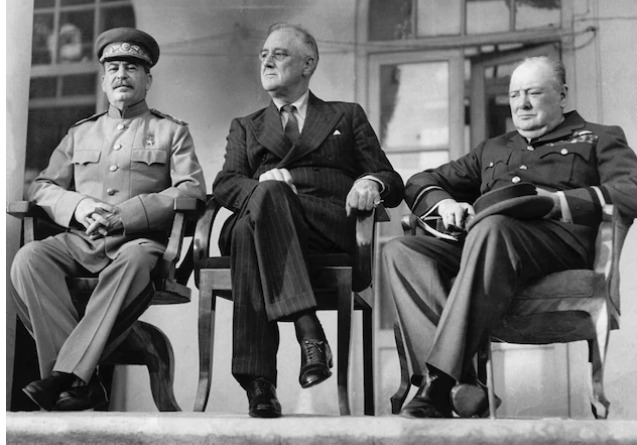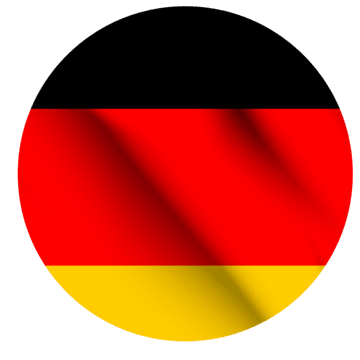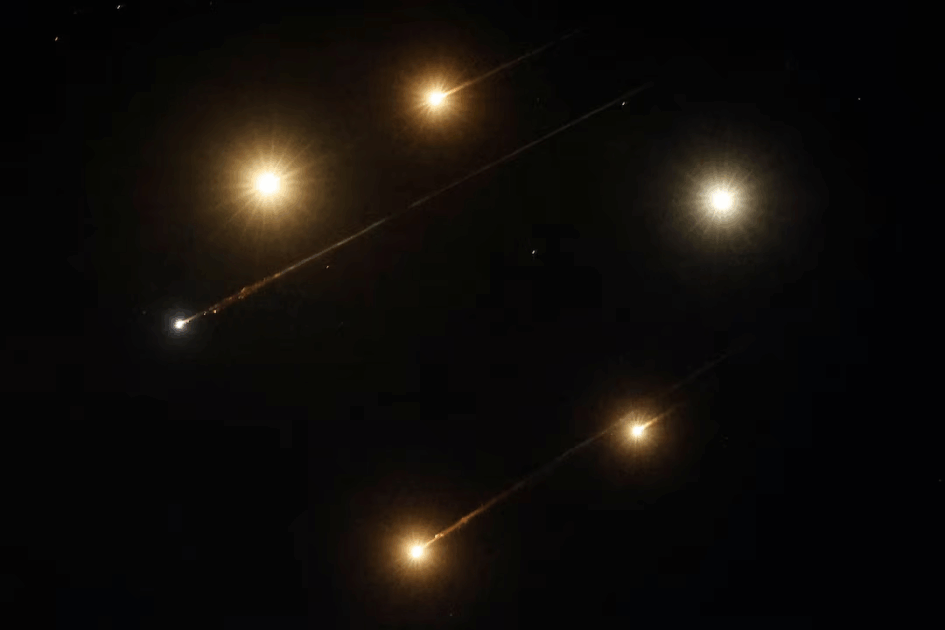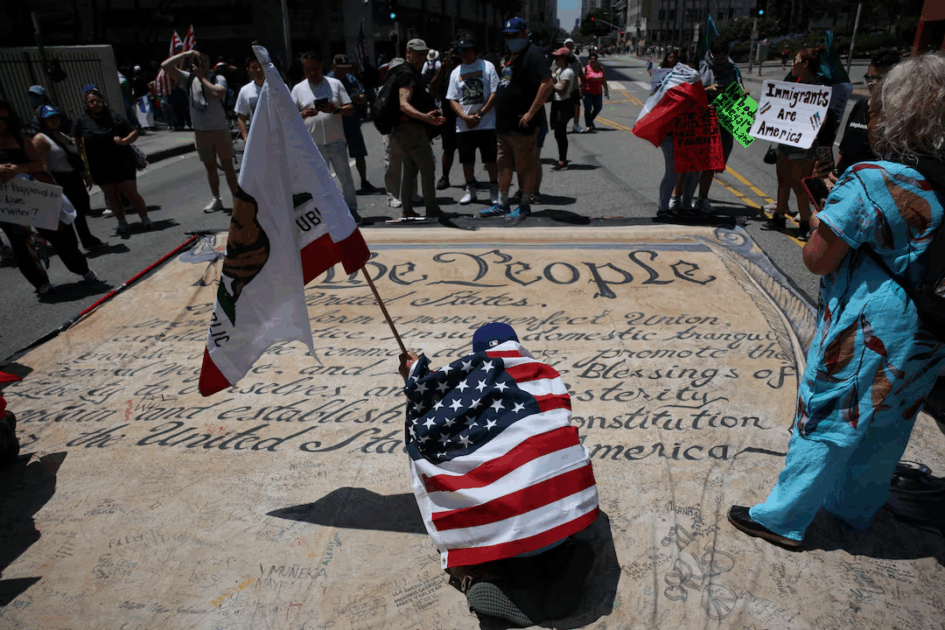- Web Desk
- 1 Hour ago

November 28, 1943: when global foes gathered in Iran, including a US president
-

- Hum News
- Nov 28, 2023

On November 28, 2023 the mere thought of an American president in Tehran discussing world order might seem unbelievable but history reminds us of a time when this was not only possible but pivotal. The Tehran Conference, a landmark meeting during World War II, brought together the leaders of the United States, the United Kingdom, and the Soviet Union in an unprecedented alliance against the Axis powers.

The conference, which began on November 28, 1943, in the Iranian capital, was the first time President Franklin D. Roosevelt, Prime Minister Winston Churchill, and Premier Joseph Stalin met in person. Their goal was clear: to outline a strategy for the war against Germany, Italy, and Japan, and to lay the groundwork for a post-war world.
At the time, the Allies had reasons to be optimistic. The Axis powers were reeling from significant defeats – the destruction of the German Sixth Army at Stalingrad, the Allied assaults on Sicily, and the collapse of Mussolini’s regime in Italy. The Tehran Conference was set against this backdrop of shifting tides in the war.
Iran: parliament exempts army, intelligence, nuclear agencies from MoFA oversight
The conference’s code name, ‘Eureka,’ symbolized the high hopes of its participants. The three leaders, despite their differing backgrounds and ideologies, had to find common ground. Roosevelt, born into a wealthy New York family and overcoming physical disability, Churchill, a product of the English aristocracy, and Stalin, a former bandit and revolutionary terrorist, were an unlikely trio.
AGENDA
The discussions at Tehran were intense and complex. The primary focus was the launch of a ‘second front’ in North West Europe, code-named ‘Overlord.’ Churchill and Roosevelt debated the merits of additional operations in the Mediterranean and the Balkans, but Stalin, focused on a direct assault in France, largely set the agenda.

The conference also touched on post-war plans, particularly the fate of Germany and the formation of the United Nations. Roosevelt’s vision of a global peacekeeping organization was met with skepticism by Stalin, but eventually, all three leaders agreed to it.
The Tehran Conference ended on December 1, 1943, with a public display of unity. However, it also foreshadowed the divisions that would lead to the Cold War. The decisions made in Tehran would shape the final stages of World War II and the post-war world, marking a moment in history when Tehran was the center of global strategy discussions – a scenario that might seem almost unbelievable today.





